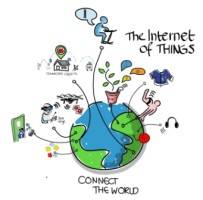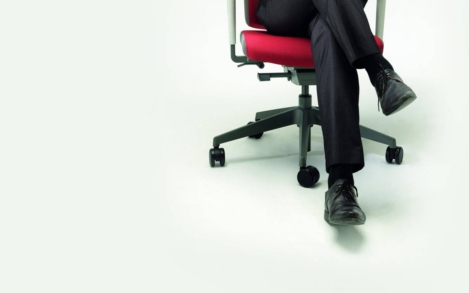March 2, 2016
Employers’ attraction and retention rates rise with flexible working offer 0
 Although a quarter of UK workers now regularly work out of the office, there is a still a significant number (39 percent) who don’t know they have the right to request flexible working. Yet according to new research from UC EXPO, conducted amongst 1,000 UK office workers, job roles offering flexible working are more likely to attract a better candidate, with 82 percent of workers saying they would be more likely to take a job that offered flexible working benefits. An additional 71 percent said that the offer of flexible working would help businesses to attract a greater international talent pool. The research finds that the benefits of flexible working are more widely recognised than a year ago, with a fifth (22 percent) of those surveyed having worked at home or remotely more throughout 2015 than in 2014. Productivity concerns around employees working from home is decreasing, with over two-thirds (67 percent) believing that productivity levels either increase or stay the same when they work remotely.
Although a quarter of UK workers now regularly work out of the office, there is a still a significant number (39 percent) who don’t know they have the right to request flexible working. Yet according to new research from UC EXPO, conducted amongst 1,000 UK office workers, job roles offering flexible working are more likely to attract a better candidate, with 82 percent of workers saying they would be more likely to take a job that offered flexible working benefits. An additional 71 percent said that the offer of flexible working would help businesses to attract a greater international talent pool. The research finds that the benefits of flexible working are more widely recognised than a year ago, with a fifth (22 percent) of those surveyed having worked at home or remotely more throughout 2015 than in 2014. Productivity concerns around employees working from home is decreasing, with over two-thirds (67 percent) believing that productivity levels either increase or stay the same when they work remotely.






















 In years gone by, a ‘one size fits all’ approach to office design might have been the norm, but as the decades have progressed, so too have the options available to businesses designing ‘homes from home’ for their office-based workforces. As new interpretations of the office environment proliferated, so the open plan model came to into being and eventually evolved into the default office design model. This initially brought greater variety than ever before but, ultimately, a one size fits all mentality in
In years gone by, a ‘one size fits all’ approach to office design might have been the norm, but as the decades have progressed, so too have the options available to businesses designing ‘homes from home’ for their office-based workforces. As new interpretations of the office environment proliferated, so the open plan model came to into being and eventually evolved into the default office design model. This initially brought greater variety than ever before but, ultimately, a one size fits all mentality in 
 Companies are rethinking the tools they use to keep employees engaged and loyal – especially at a time when flexibility and choice are increasingly important to an workforce that craves mobility and choice. A newly released survey from
Companies are rethinking the tools they use to keep employees engaged and loyal – especially at a time when flexibility and choice are increasingly important to an workforce that craves mobility and choice. A newly released survey from 







January 6, 2016
Two new studies that highlight the complexities of gender at work 0
by Mark Eltringham • Comment, Knowledge, News, Workplace
(more…)